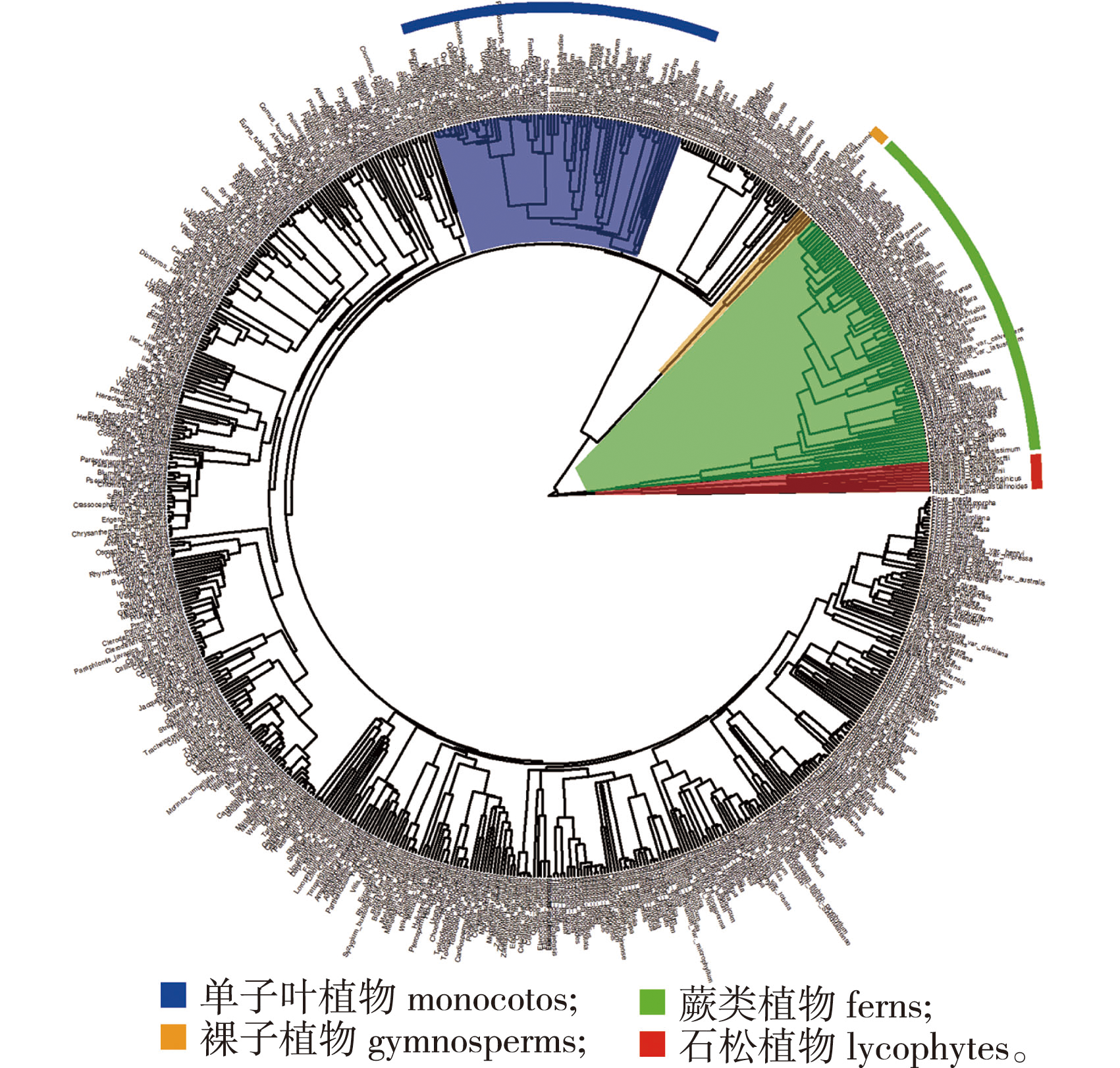 PDF(2727 KB)
PDF(2727 KB)


Community assembly mechanism for different planting ages of Chinese fir artificial forests in subtropical China
LU Xudong, DONG Yuran, LI Yao, MAO Lingfeng
JOURNAL OF NANJING FORESTRY UNIVERSITY ›› 2024, Vol. 48 ›› Issue (1) : 67-73.
 PDF(2727 KB)
PDF(2727 KB)
 PDF(2727 KB)
PDF(2727 KB)
Community assembly mechanism for different planting ages of Chinese fir artificial forests in subtropical China
【Objective】 The process of community establishment in Chinese fir (Cunninghamia lanceolata) artificial forest, as one of the most significant ecosystems and sources of timber in China’s subtropical regions, is crucial for understanding the coexistence of species and the maintenance of biodiversity in plantation forests. The objective of this study is to investigate the process of community assembly and underlying mechanisms of Chinese fir artificial forests in Chinese subtropical, and provide a theoretical basis for enhancing the stability of local biodiversity in the management of Chinese fir artificial forests. 【Method】 Data from 143 pure Chinese fir artificial forests with a wide age range (3-100 years old) in subtropical China were collected through literature search and field sampling surveys. The changes in community phylogenetic structure with forest age and breast height diameter were examined to explore the variations in environmental filtration, competitive exclusion, and stochastic processes during stand development. 【Result】 Overall, as the forest age increased, the net relatedness index (NRI) and net taxon index (NTI) of plant communities in Chinese fir artificial forests initially decreased and then leveled off. The phylogenetic structure transitioned from aggregation to stochastic processes and eventually tended to diverge. The changes in NRI were more significant than those in NTI. In the early stage of young stands, NRI and NTI were both higher than 0, indicating aggregation in the phylogenetic structure. Before stand maturity, NRI was lower than 0, and NTI was higher than 0, showing divergence at the community level and aggregation at the end of the evolutionary tree. After stand maturity, both NRI and NTI were lower than 0, indicating a divergent phylogenetic structure. The trend of phylogenetic structure with diameter at breast height (DBH) was consistent with stand age. 【Conclusion】 The community assembly of Chinese fir artificial forests is primarily driven by environmental filtration, followed by a period of stochastic processes, and ultimately dominated by inter-biotic interactions as the forest stand grows and develops. Implementing appropriate forest management measures for different stand ages is beneficial for the coexistence of local species and the maintenance of plant diversity in Chinese fir artificial forests.

Chinese fir (Cunninghamia lanceolata) artificial forest / planting age / phylogeny / community assembly mechanism / subtropical region / biodiversity
| [1] |
盛炜彤. 关于我国人工林长期生产力的保持[J]. 林业科学研究, 2018, 31(1):1-14.
|
| [2] |
杨慧芳. 杉木的特征特性及良种造林技术[J]. 现代农业科技, 2022(5):97-98,101.
|
| [3] |
|
| [4] |
张春雨, 赵秀海, 赵亚洲. 长白山温带森林不同演替阶段群落结构特征[J]. 植物生态学报, 2009, 33(6):1090-1100.
|
| [5] |
|
| [6] |
|
| [7] |
|
| [8] |
|
| [9] |
|
| [10] |
|
| [11] |
|
| [12] |
|
| [13] |
|
| [14] |
|
| [15] |
|
| [16] |
|
| [17] |
|
| [18] |
|
| [19] |
|
| [20] |
|
| [21] |
|
| [22] |
|
| [23] |
|
| [24] |
|
| [25] |
|
| [26] |
|
| [27] |
|
| [28] |
|
| [29] |
王少鹏, 罗明宇, 冯彦皓, 等. 生物多样性理论最新进展[J]. 生物多样性, 2022, 30(10): 21-33.
|
| [30] |
|
| [31] |
|
/
| 〈 |
|
〉 |